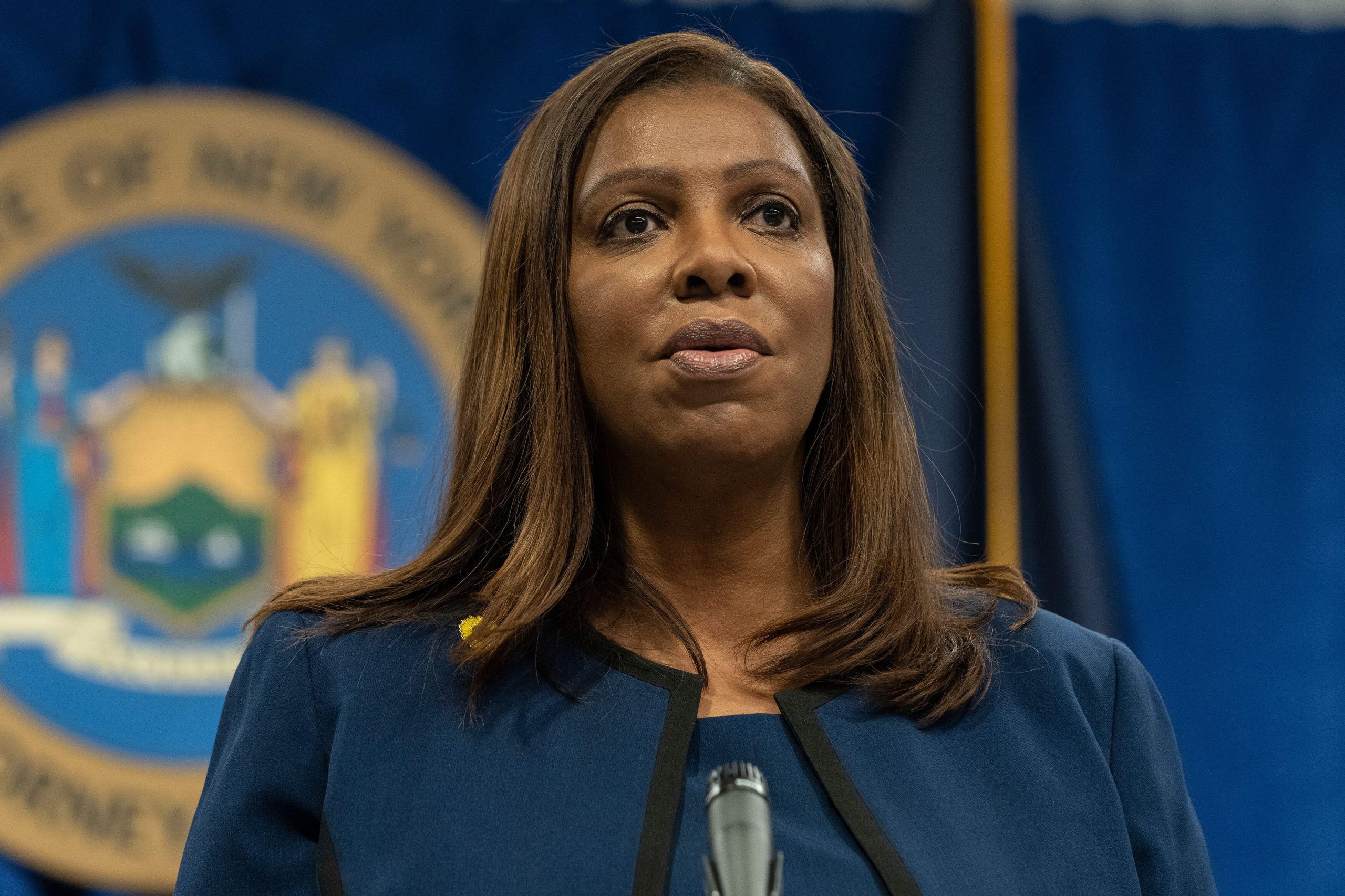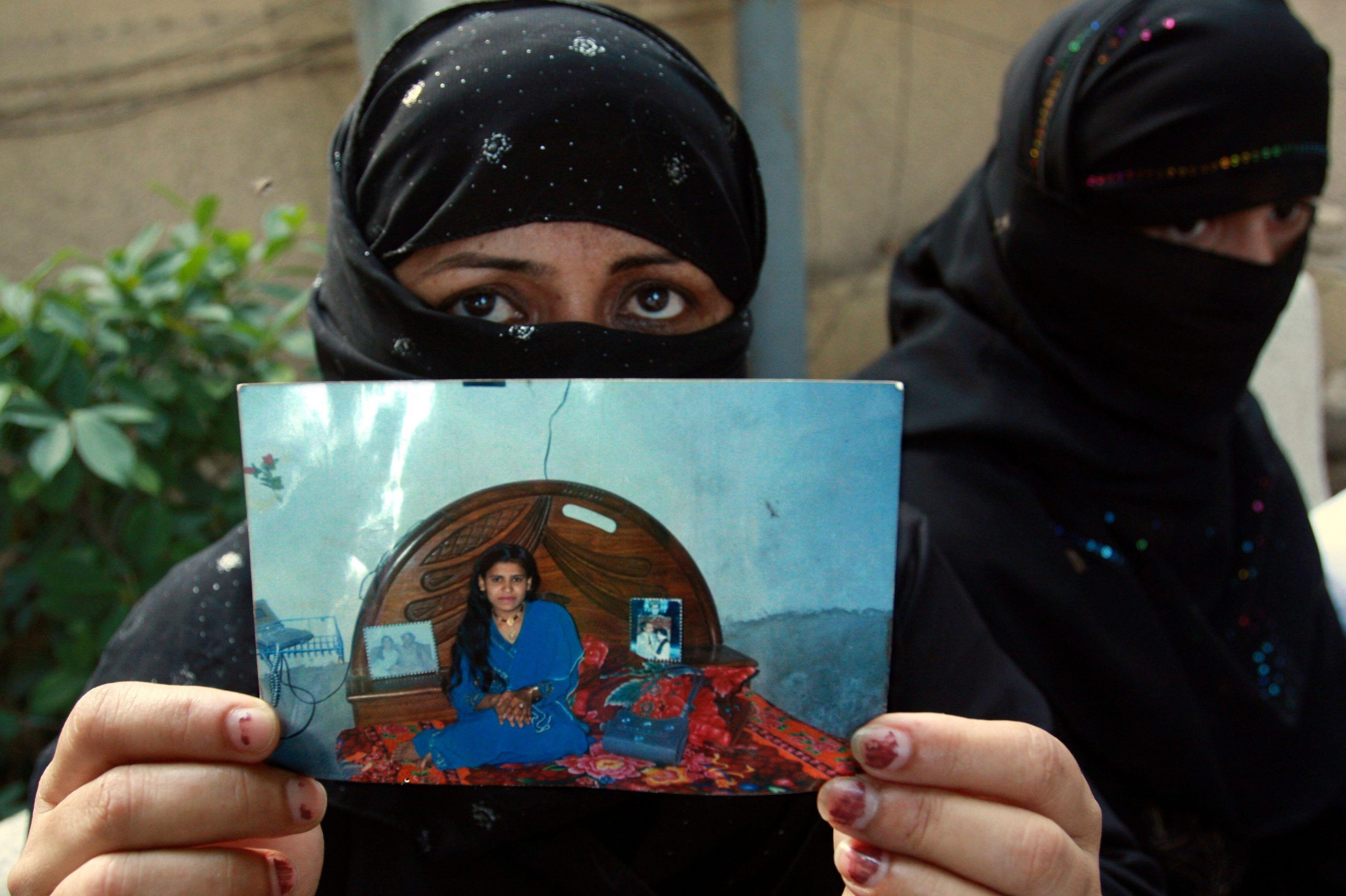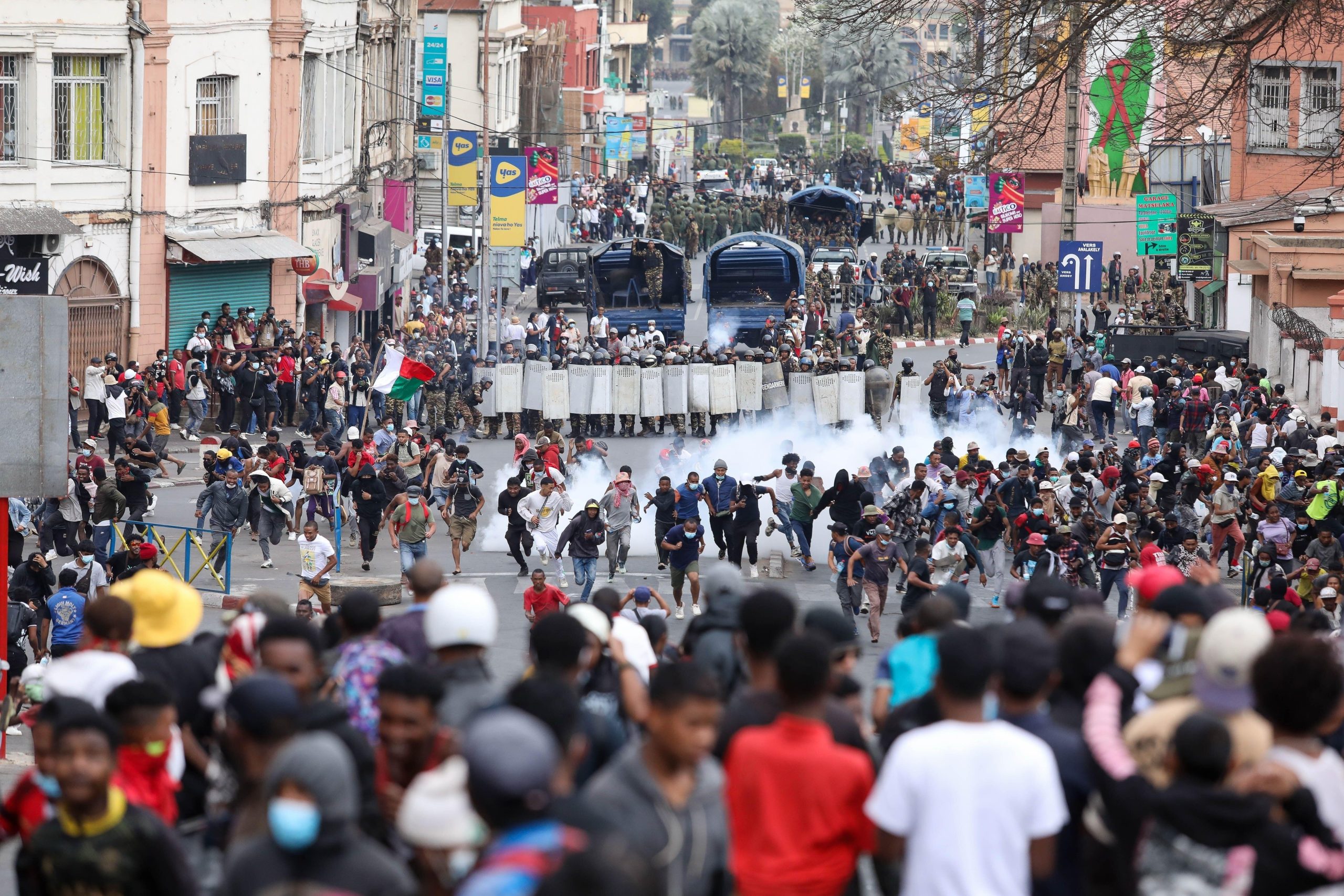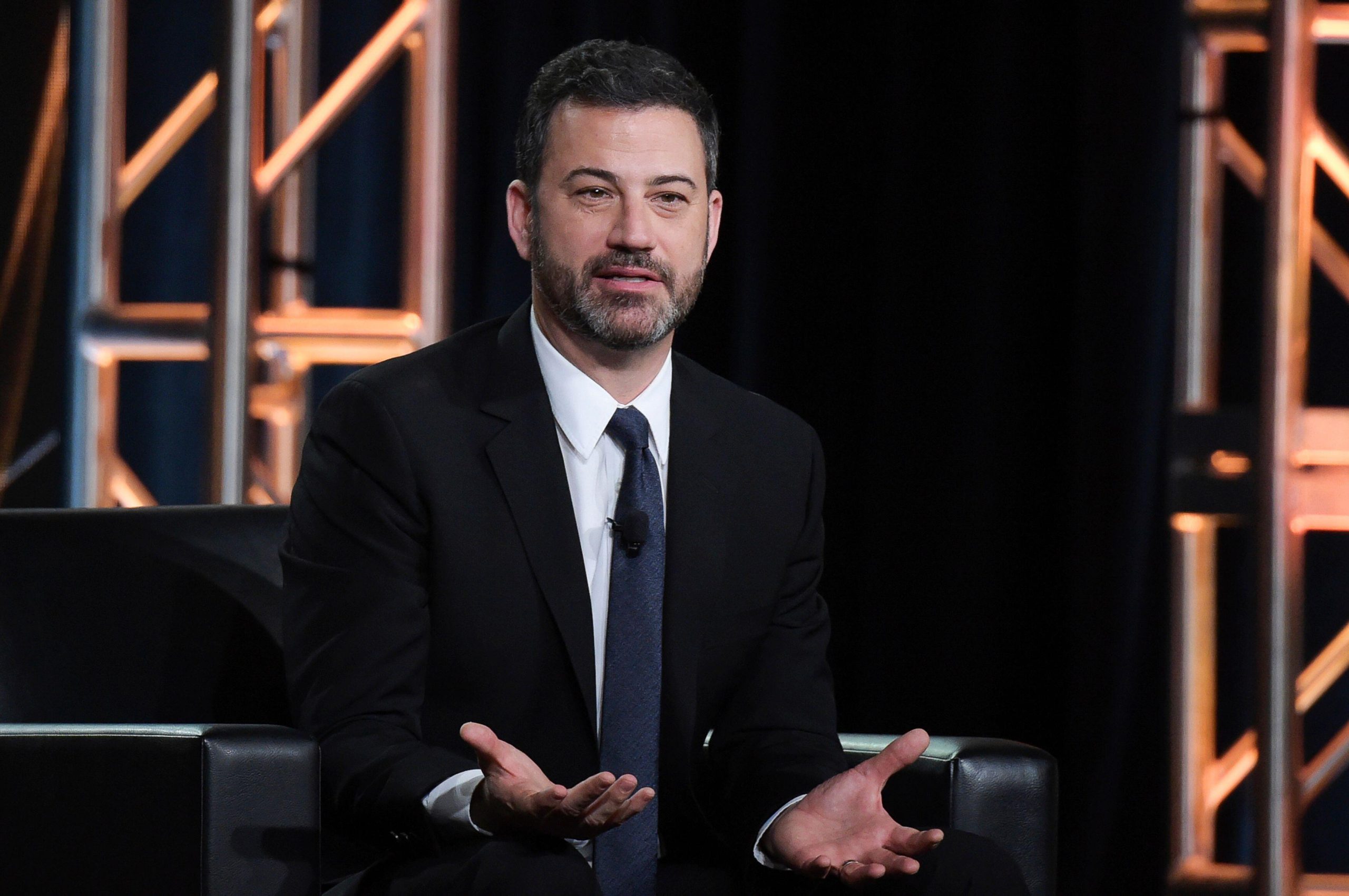Election fever has completely gripped the Indian media. Though general elections are scheduled for 2014, the news cycle regularly carries rumours of early elections every time another corruption scandal breaks. Pundits, analysts and party spokespersons, appearing on television every night, attempt to connect with India’s growing middle classes. And a big topic of conversation: the potential for social media to become a game changer in the next election, Mahima Kaul reports from New Delhi.
India’s large population and increasing teledensity, especially in urban pockets, has spurred an impressive jump in the number of people online. Moreover, a recent report released by the Internet and Mobile Association of India and IRIS Knowledge Foundation has revealed that of India’s 543 constituences, 160 can be termed as ‘high impact’ — that is, they will most likely be influenced by social media in the next general elections. As the report explains, high impact constituencies are those where the numbers of Facebook users are more than the margin of victory of the winner in the last Lok Sabha election, or where Facebook users account for over 10% of the voting population. The study then goes onto declare 67 constituencies as medium-impact, 60 as low-impact and 256 as no-impact constituencies.
The study certainly seems to echo the general euphoria over social networking as a political tool. However, the number of Facebook users might not translate into any change in voting patterns -– in fact, for all we know most the 78 million Facebook users in India might not be interested in politics at all. The study, however, clearly seems to signal that the ability to connect with voters through this medium indicates that political impact could be high.
The Bharatiya Janata Party (BJP) has been the first national political party to have embraced technology to reach out to voters, with a Twitter account, Facebook page, YouTube channel, mobile app and live streaming over the internet. Its controversial leader Narendra Modi –- who some believe could become India’s next prime minister -– has over 1,600,000 followers. Modi has also been quick to embrace digital technology including a 3D projection of an address in 53 places in the country at the same time. India’s other big national political party, the Congress Party is catching up. Media and IT cells have been set up with an eye towards elections, and one of their star politicians on social media, Shashi Tharoor, has over 1,700,000 followers.
There is some merit to this strategy, although in a nascent stage. Right now, there is a small but very active Twitter base in India that is highly political and there are constant fights between the right-wingers and the rest, which can be read as BJP-Congress fights. Major political episodes in the country become trending topics and both sides are able to make TV news headlines quite regularly. However, at this point it would be safe to assume that most middle class Indians experience political activity on Twitter through news reports on TV than actually by engaging with the medium themselves.
Even the politicians who have invested in social media are quite realistic about what it can do for them. Many of them, including Shashi Tharoor and Orissa-based politician Jay Panda admit that people from their own constituency are not following them on Twitter. Therefore, while they can reach a large number of people through the medium, as yet, they cannot swing an election based on social media.
As the middle class expands, more Indians are expected to get online. Young people are digital natives, and those who can afford smartphones are addicted to them. The general feeling is that politics needs to adapt to the habits and lifestyle of this demographic, and perhaps in that enthusiasm its real role gets overplayed in the media.
However, there is good reason to believe the future is closer than we might imagine. A recent election in the ‘modern’ city of Bangalore saw all politicians engage heavily with social media. And, India’s huge anti-corruption movement led by activist Anna Hazare and his colleague Arvind Kejriwal in April 2012 was almost entirely fuelled by media support and a very engaged online stategy. The movement led to an anti-corruption bill being tabled in Parliament. Many of the members of that movement have now formed the Aam Aadmi Party (literally translated into ‘ordinary man’ party) and rely very heavily on social media to reach their constituency – the middle class. However, Kejriwal only has just over 300,000 followers on Twitter, especially when compared to BJP’s Modi or Congress’s Tharoor. Kejriwal’s erstwhile movement, India Against Corruption has under 1,000,000 likes on Facebook. For a movement that aims to represent all of the middle class, the numbers don’t yet show their true potential.
And in the end, that might well be the final analysis of social media in India right now. The numbers, while impressive, do not yet indicate deep engagement and involvement in the political sphere. In 2014, politicians might do well to remember a computer screen is no match for campaigning in the heat and dust of the smallest corners of the country. Because, truly, that’s where their people are.
More India Coverage >>>
• Saradha Group scandal exposes ties between India’s media, politicians
• The big issues for Indian web users
• India: Kumar versus the censor




